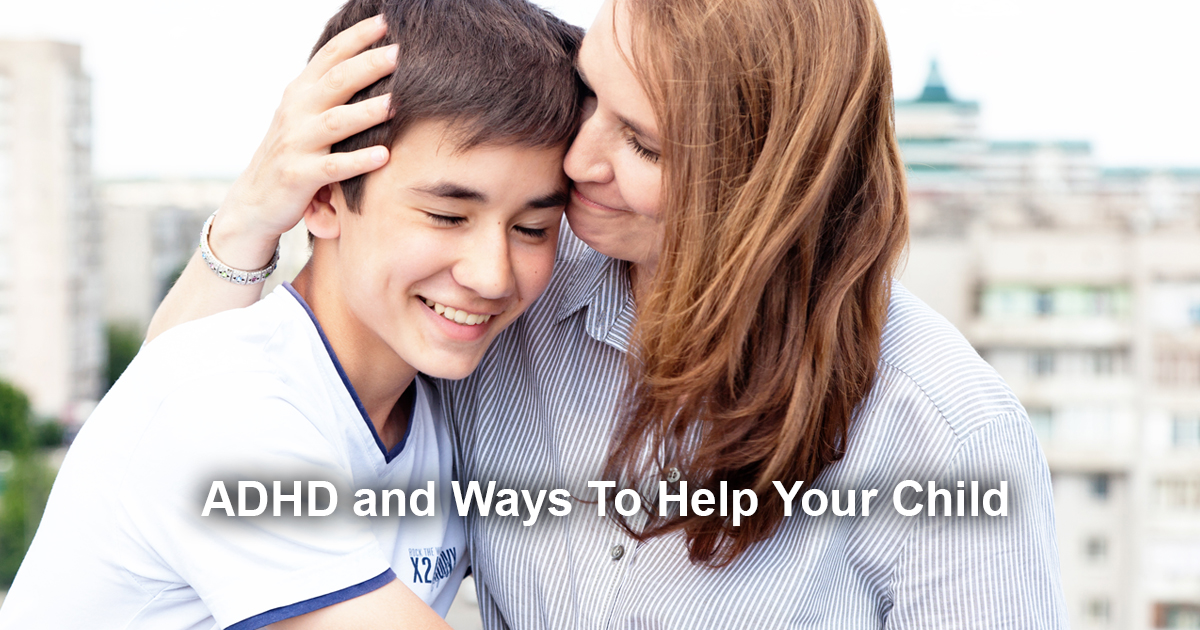De-Mystifying Cognitive Behavior Therapy
Guest blog by: Daniel Mortenson, Ph.D. of Chicago Cognitive Behavioral Treatment Center LLC
When searching around for different therapies there can also seem to be an endless array of acronyms that can be intimidating and add further layers of uncertainty. What is Cognitive Behavioral Therapy (CBT)? How is this different than other therapies? What about something I heard of called Exposure Response Prevention (ERP), is that the same thing? My friend told me about something called Acceptance Commitment Therapy (ACT), what’s that? And there’s also something called Dialectical Behavioral Therapy (DBT)? And what’s the deal with Mindfulness that I see on so many magazine covers? The purpose of this post is to help clarify what exactly CBT is, how it’s connected with other types of treatment, and will provide a summary of how it can work especially with respect to anxiety and related issues.
Cognitive Behavioral Therapy (CBT) is now an umbrella term that applies to different types of therapy that are research based, focused on identifying patterns in thoughts/behaviors, and goal based strategies that can help to better manage symptoms on a daily basis. Depending on the type of issues at hand, there are more specific types of treatment that can be most effective and incorporated into treatment. Acceptance Commitment Therapy (ACT) is a newer variation of CBT that can often be used when struggling or challenging symptoms of anxiety and depression lead to further distress. ACT is instead based on building strategies to accept discomfort, reduce judgment in how we view ourselves and distress, and ultimately to help develop a sense of values to inform how we build our lives. Mindfulness is a core part of ACT and is ultimately based on how we can relate differently with our inner experiences from a place of more neutral observation, acceptance, and a new willingness to experience even the types of feelings that we’d rather not have. Another variation on this, Dialectical Behavioral Therapy (DBT), is based on much more concrete strategies that are most relevant for self soothing in times of extreme distress, learning how to more successfully regulate emotions, and building more effective interpersonal relationships. A related form of treatment know as Exposure Response Prevention (ERP) is often incorporated into CBT when there is avoidance of anxiety provoking situations and instead it can be helpful to actively practice approaching what is more feared on a step by step basis. As symptoms can often be complex and the exact presentation of issues varies from person to person, treatment can be a blend of different styles of therapy all with the aim to be more specifically catered to the individual while being based on the latest research as to what is most effective.
Often I notice in my work that CBT can be presented in more mysterious terms so it can be difficult to know ahead of treatment what exactly it looks like. Sometimes it can be portrayed as a “class” that one takes to have a better idea of how something like anxiety management looks like. Other times it can seem like an “injection” of some kind that happens within the context of therapy but can often be separate. The truth is that good CBT always happens in the context of one imperfect human working with another imperfect human in a therapeutic setting. It is based on a collaboration using the established techniques but working together to see how they can be best applied, what sequence seems best, and also the rate at which goals can be set. It’s a style of therapy that is focused on the present but is also very much concerned with where we come from, how past experiences can play a role in shaping who we are, and also the ambitions we have as to how we would like to continue growing no matter what life stage we’re at. In a sense, I think of CBT as a “mode” or even a “degree of magnification” at which we want to view and analyze our human experiences but always one that takes place in a therapeutic space of compassion and genuine concern from one person to another.
But what issues can best be addressed by CBT? Generally, I’d say any type of issue that has behaviors and thought patterns that someone can get stuck in which is quite an array. Based on research though, CBT is generally considered the “gold standard” treatment for most types of anxiety. This can include Obsessive Compulsive Disorder (OCD), Generalized Anxiety Disorder (GAD), social anxiety, panic disorder, health anxiety, specific phobias, and any other variation of anxiety. The specifics vary depending on the symptoms, but treatment will almost always involve providing tools for helping to approach situations that have been avoided, how to best cope with distress and feelings of uncertainty, but ultimately to learn how to live with the anxiety so it doesn’t interfere as much in important life areas. Although the focus can be on managing symptoms, the ultimate goal of CBT is how to become more fully realized as a person even with difficult emotions around. This is also the case with other types of issues such as depression, repetitive body behaviors (skin picking, hair pulling), Tourette’s and tics, and ADHD. When treatment is with children, it involves close collaboration with the family so that parents are able to acquire skills to better encourage target behaviors in their kids while managing their own distress that can emerge in the process.
CBT can be a very different approach to just “venting” about problems as therapy is sometimes portrayed in popular culture and it’s ultimately focused on doing what the research says that works. It can be very active in its implementation and can ultimately go places that other therapies just don’t target while remaining sensitive to the importance of a therapeutic alliance. If you would be interested in learning more, feel free to contact me at dmortenson@chicagocbtcenter.com or 847-966-9343 ext. 4
Daniel Mortenson, Ph.D.
Dr. Mortenson has worked with Chicago Cognitive Behavioral Treatment Center since 2012 and specializes in working with anxiety and other mood disorders in all age ranges. Originally from northeastern New Jersey, he graduated with honors from Brown University with degrees in Psychology and Sociology before beginning his formal training as a psychologist. Dr. Mortenson earned his Ph.D. in Clinical Psychology from the University of Houston and gained extensive experience during his predoctoral internship with Baylor College of Medicine using Cognitive Behavioral Therapies in a variety of hospital settings and community based clinics throughout the Texas Medical Center. He then relocated to Chicago for his postdoctoral fellowship at Northwestern Memorial Hospital and continues to have an active role there in lecturing and training graduate students with the Feinberg School of Medicine. Dr. Mortenson is also a member and regular presenter at professional organizations such as the Anxiety and Depression Association of America (ADAA), Association for Behavioral and Cognitive Therapies (ABCT), and the Chicago chapter of the Association of Contextual Behavioral Science (ACBS).


